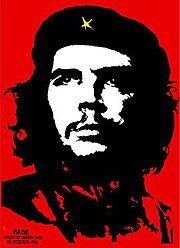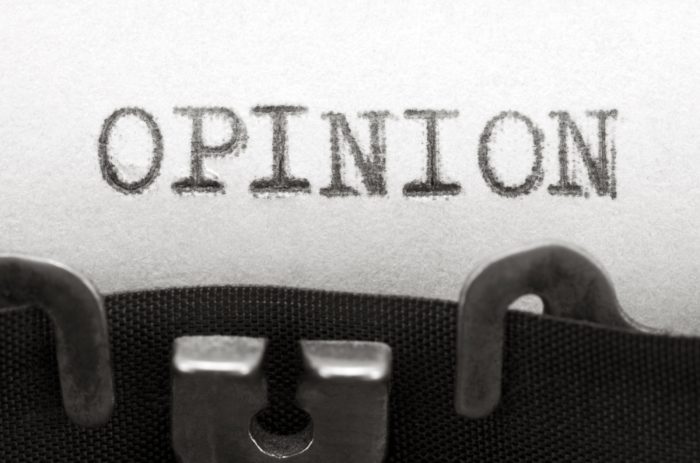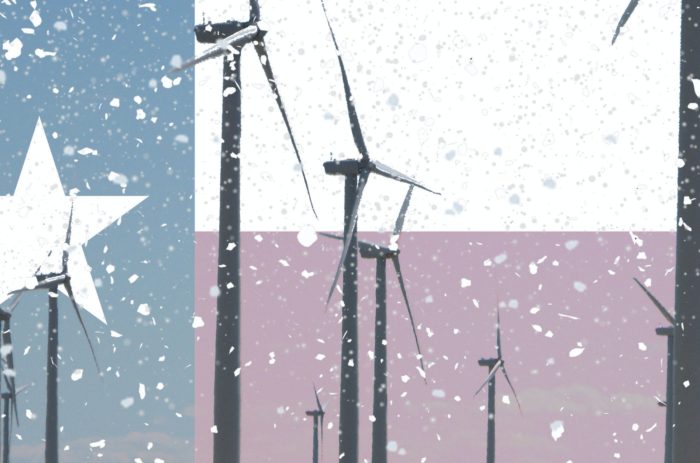print Print...
(by Humberto Fontova, AmericanThinker.com) – 41 years ago this week (Oct.9, 1967) in Boliva, Ernesto “Che” Guevara got a major dose of his own medicine. Without trial, he was declared a murderer, stood against a wall and shot.
Historically speaking, justice has rarely been better served. The number of men Che’s “revolutionary tribunals” condemned to death in the identical manner range anywhere from 400 to 1,892. The number of defenseless men (and boys) Che personally murdered with his own pistol runs to the dozens.
“Executions?” Che Guevara exclaimed while addressing the hallowed halls of the UN General Assembly on Dec. 9, 1964. “Certainly, we execute!” he declared to the claps and cheers of that august body. “And we will continue executing as long as it is necessary! This is a war to the DEATH against the Revolution’s enemies!”
According to “The Black Book of Communism,” those firing-squad executions had reached around 10,000 by that time. “I don’t need proof to execute a man,” snapped Che to a judicial underling in 1959. “I only need proof that it’s necessary to execute him!”
Not that you’d surmise any of the above from the mainstream media or academia-much less Hollywood. From the high priests of the Fourth Estate, Che Guevara gets only accolades. Time magazine, for instance, honors Che Guevara among “The 100 Most Important People of the Century.”
The man who declared, “a revolutionary must become a cold killing machine motivated by pure hate” (and set a spirited example), who boasted that he executed from “revolutionary conviction” rather than from any “archaic bourgeois details” like judicial evidence, and who urged “atomic extermination” as the final solution for those American “hyenas” (and came hearth-thumpingly close with Nuclear missiles in October 1962), is hailed by Time-not just among the “most important” people of the century-but in the “Heroes and Icons” section, alongside Anne Frank, Andrei Sakharov and Rosa Parks.
“If the nuclear missiles had remained we would have used them against the very heart of America, including New York City,” Che Guevara confided to the London Daily Worker in November 1962. “We will march the path of victory even if it costs millions of atomic victims. … We must keep our hatred alive and fan it to paroxysm.” This was Che’s prescription for America almost half a century before Osama bin Laden, Mullah Omar and Abu Musab al-Zarqawi appeared on our radar screens.
But for the prudence of Nikita Khrushchev, Che Guevara’s fondest wish would have made New York’s 9/11 explosions appear like an errant cherry bomb. Yet listed alongside Che Guevara in Time’s “Heroes and Icons of the Century,” is Mother Theresa. From here the ironies only get richer.
The most popular version of the Che T-shirt, for instance, sports the slogan “fight oppression,” under his famous face. This is the face of a man who co-founded a regime that jailed more of its subjects than Stalin’s and declared that “individualism must disappear!” In 1959, with the help of Soviet GRU agents, the man celebrated on that T-shirt helped found, train and indoctrinate Cuba’s secret police. “Always interrogate your prisoners at night,” Che ordered his goons. “A man’s resistance is always lower at night.” Today the world’s largest Che mural adorns Cuba’s Ministry of the Interior, the headquarters for Cuba’s KGB and STASI trained secret police. Nothing could be more fitting.
Yet somehow, this same image is considered the height of hipness on everything from shirts, watches and snowboards, to thong underwear and an undisclosed location on Angelina Jolie’s epidermis. Jolie, by the way, recently won the UN’s “Global Humanitarian Award” for her work with refugees.
Will someone please inform Angelina Jolie that her tattoo idol, with his firing squads and prison-camps, provoked one of the biggest refugee crises in the history of this hemisphere. On top of the 2 million who made it with only the clothes on their back, the Cuban Archives project meticulously compiled and documented by scholars Maria Werlau and Dr. Armando Lago, estimate that close to 80,000 Cubans have died of thirst and exposure, drowning, or been ripped apart by sharks attempting to flee the handiwork of the man “Ms Global Humanitarian” honors by having him permanently emblazoned on her skin.
Not that ignorance, willful or otherwise, is exactly rare on the topic of Cuba or Che Guevara. When Carlos Santana and Eric Burdon (among many other rockers) smugly sport their elegant Che T-shirts they plug a regime that in the mid to late 1960s rounded up “roqueros” (Cuban rock-n-roll fans) and long hairs en masse, and herded them into prison camps for forced labor under a scorching sun. These young prisoners’ “counter-revolutionary crimes” often involved nothing more than listening to music by the Animals and Santana.
When Madonna camped it up in her Che outfit for the cover of her American Life CD she plugged a regime that criminalized gays and anything smacking of gay mannerisms. In the mid-1960s, the crime of effeminate behavior got thousands of youths yanked off Cuba’s streets and parks by secret police and dumped in prison camps with “Work Will Make Men Out of You,” in bold letters above the gate (the one at Auschwitz’ gate read: “Work Will Set You Free) and with machine gunners posted on the watchtowers. The initials for these camps were UMAP, not GULAG. But the conditions were identical.
“Iron” Mike Tyson used to end fights with his arms upraised in triumph. In 2002 he got a huge Che tattoo on his torso, visited Cuba and has been consistently and horribly stomped in fight after fight ever since, a process perfectly mimicking the combat record of his tattoo idol. Che was indeed proficient at smiting his enemies-thousands of them-but only after they were bound, gagged and blindfolded. Chances are, nobody disclosed this to you in Cuba, much less in the mainstream media. But I’m afraid the National Boxing Federation won’t allow it anyway.
When the crowd of A-list hipsters and beautiful people at the Sundance Film Festival (which included everyone from Tipper and Al Gore to Sharon Stone, Meryl Streep and Paris Hilton) exploded in a rapturous standing ovation for Robert Redford’s “The Motorcycle Diaries,” they were cheering a film glorifying a man who jailed or exiled most of Cuba’s best writers, poets and independent film-makers while converting Cuba’s press and cinema-at Czech machine-gun point-into propaganda agencies for a Stalinist regime.
Executive producer of the movie, Robert Redford (who always kicks off the film festival with a long dirge about the importance of artistic freedom), was forced to screen the film for Che’s widow (who heads Cuba’s Che Guevara Studies Center) and Fidel Castro for their approval before release. We can only imagine the shrieks of outrage from the Sundance crowd-about “censorship!” and “selling out!”-had, say, Robert Ackerman required (and acquiesced in) Nancy Reagan’s approval to release HBO’s “The Reagans” that same year.
Che groupies are many and varied. Christopher Hitchens, for instance, marvels at Che’s “untamable defiance” and assures us in the same New York Times article that “Che was no hypocrite.”
The noted historian Benicio Del Toro, who won the best actor award in Cannes for his starring role as Che in Steven Soderbergh’s biopic “Guerrilla” says, “Che was just one of those guys who walked the walk and talked the talk. There’s just something cool about people like that. The more I get to know Che, the more I respect him.”
More than his cruelty, megalomania or even his epic stupidity, what most distinguished Ernesto “Che” Guevara from his peers was his sniveling cowardice. One day before his death in Bolivia, Che Guevara-for the first time in his life-finally faced something properly describable as combat. So he ordered his guerrilla charges to give no quarter, to fight to their last breaths and to their last bullet. A few hours later his “untamable defiance,” lack of hypocrisy and “walking of the walk” all manifested themselves. With his men doing just what he ordered (fighting and dying to the last bullet) a slightly wounded Che snuck away from the firefight and surrendered with a full clip in his pistol while whimpering to his captors: “Don’t Shoot! I’m Che. I’m worth more to you alive than dead!”
His Bolivian captors begged to differ.
Humberto Fontova is the author of four books including Exposing the Real Che Guevara.
This article was first posted at AmericanThinker.com on October 11, 2008. Reprinted here October 11th with permission from Humberto Fontova. Visit Mr. Fontova’s website at hfontova.com.
Questions
1. What is the premise of Humberto Fontova’s commentary?
2. Che Guevara was named by Time Magazine as one of 20 “Heroes and Icons” who “articulate the longings of the last 100 years, exemplifying courage, selflessness, exuberance, superhuman ability and amazing grace.” Read the write-up on Che Guevara at time.com. How does this depiction of Che differ from Mr. Fontova’s description?
3. Which of the following statements made by Che Guevera exemplify the “courage, selflessness, exuberance, superhuman ability and amazing grace” that Time magazine honors him for having? Explain your answer.
- “Executions? Certainly, we execute! And we will continue executing as long as it is necessary! This is a war to the DEATH against the Revolution’s enemies!” from an address to the United Nations General Assembly on Dec. 9, 1964 (para. 3)
- “I don’t need proof to execute a man. I only need proof that it’s necessary to execute him!” to a judicial underling in 1959 (para. 4)
- “a revolutionary must become a cold killing machine motivated by pure hate” (para. 6)
- “If the nuclear missiles had remained we would have used them against the very heart of America, including New York City. We will march the path of victory even if it costs millions of atomic victims. … We must keep our hatred alive and fan it to paroxysm.” to a reporter from the London Daily Worker in November 1962 (para. 7)
- “individualism must disappear!” (para. 9)
- “Always interrogate your prisoners at night. A man’s resistance is always lower at night.” (para. 9)
4. How did Che Guevera treat homosexuals? How did he treat writers, poets and independent film makers?
5. From a youtube video on Che Guevara: “Since his death in 1967, Che Guevara has been a symbol of youth rebellion and freedom. Because of communist propaganda, and t-shirts that ironically are marketed by capitalism, a whole generation who have no clue who he was or what he did thinks that he was a hero, like Martin Luther King.”
Do you or any of your friends own a Che t-shirt (with the picture of Che below)? If so, would you continue to wear Che’s image after having read Mr. Fontova’s commentary? Explain your answer.
OPTIONAL: Email your reaction to Mr. Fontova’s commentary to hfontova@earthlink.net. Remember to identify yourself (name, school, state), name the article you are commenting on, and that you read it at StudentNewsDaily.com. Be clear, concise and polite.
Resources
Visit The Cuban Archives website at cubaarchive.org.
Watch a video about Che at youtube.com.


